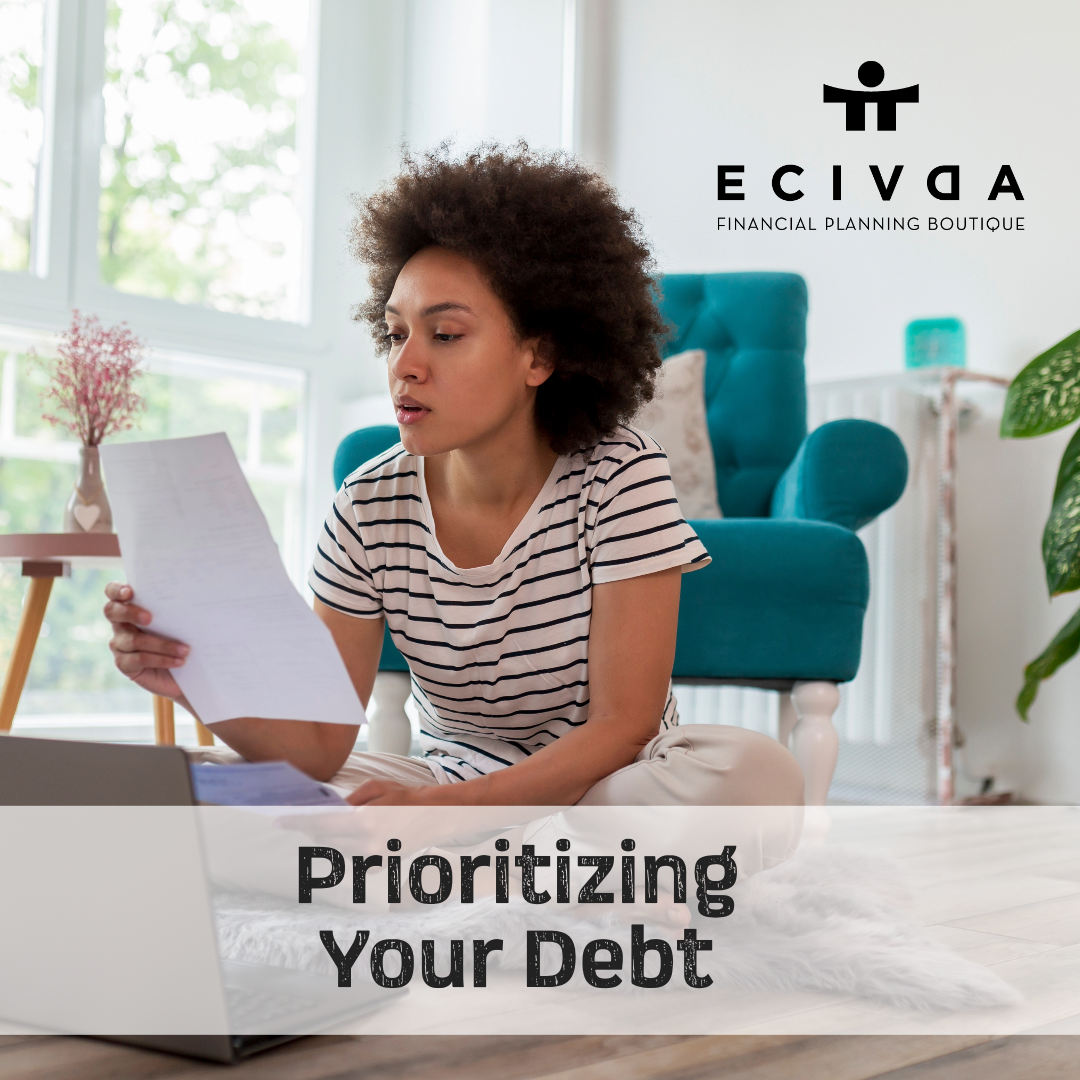Prioritizing Your Debt
Prioritizing debt is an important skill to learn because it determines how fast you will pay down your debts. Debts have varying payback plans that will require you to place them on a scale to decide which should go first. Obviously, the interest rate is an important factor to consider when prioritizing your debt. It is advisable to have a strategy for paying your debts so that your other financial goals can be met. Debts are known to affect the attainment of one’s financial goals. There are a few strategies you can try that can help you prioritize your debts for easy payment. Some of these strategies include starting with the debt with the highest interest rate; starting with the least balance; starting with the highest balance; and consolidating your debts.
Starting with The Debt with Highest Interest Rate
This is known as debt avalanche. It entails you starting off paying the debt with the highest interest rate to the least. Debts with high-interest rates are always difficult to pay because of the accumulation of the interests. Getting it off your books first will save you money and help you focus on paying off other debts and financial goals. Picture an avalanche and imagine your debt tumbling down quickly. That is how this strategy works.
Starting with The Debt with the Least Balance
This strategy is good for gaining momentum. It is known as the snowball debt repayment strategy, and it is more motivational than strategic. If you are finding it difficult to figure out how to pay your debt, start from the lowest and gradually work your way up. Another advantage is that it gives you that little bit of extra cash to tackle your big debts. This strategy also comes in handy where you feel you cannot adopt the previous strategy. Start with the least balance.
Starting with Your Largest Balance
This is the opposite of snowball strategy. This strategy prioritizes the debt with the largest balance, and it is an unpopular strategy because it may be difficult to achieve. The question is why will I start with my highest debt? It may not give room for other financial goals because all your resources will be channeled towards paying off that debt. However, there are cases where you may opt for this type of strategy. An example is when that particular debt has a promotion of a reduced interest rate, and you need to pay it off before the promotion ends.
Consolidating Your Debts
This is usually what you resort to when it is taking too long to pay your debts, or the interest rates are making it difficult to get it off your books. When you consolidate your debts, it gives you the opportunity of paying all your debts at once. You can take a loan to pay for your consolidated debts which then leaves you with the repayment of that loan only. For example, you can consolidate all your credit card debts and pay them off with a balance transfer credit card. This strategy is particularly effective when you have multiple debts that are hindering you from achieving your financial goals.
